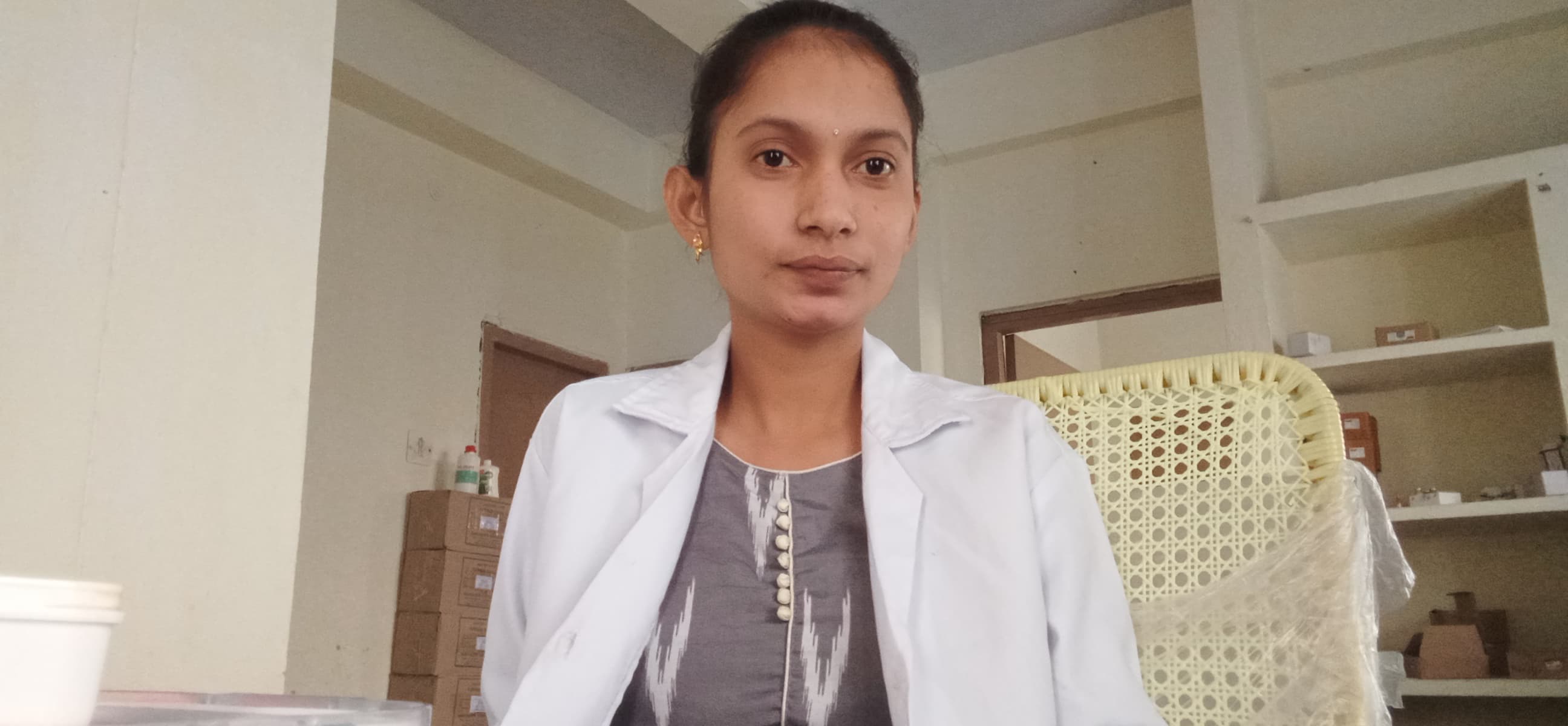Abstract
Oral insulin delivery offers a patient-friendly alternative to injections and better mimics physiological insulin action. However, enzymatic degradation, low intestinal absorption, and instability in the GI tract have limited its clinical use. Recent innovations in nanocarriers, glucose-responsive systems, and novel insulin analogs such as tregopil and ORMD 0801 have shown potential in overcoming these barriers. This review summarizes key advances in oral insulin formulations, highlights ongoing clinical efforts, and discusses remaining challenges and future prospects for bringing oral insulin closer to therapeutic reality.
Keywords
oral insulin, diabetes, drug delivery, nanoparticles, tregopil, insulin analogs, bioavailability
Introduction
Diabetes mellitus continues to pose a global health challenge, with escalating prevalence and the burden of insulin injections on patients' quality of life. Oral insulin, aiming to simulate physiological first-pass hepatic delivery and improve adherence, has garnered intense research interest. However, formidable barriers in the GI tract limit oral bioavailability to under 2% without enabling technologies.
2. Biological Barriers to Oral Insulin
Oral delivery of proteins like insulin faces multiple hurdles:
- Acidic degradation – Stomach acidity denatures insulin.
- Proteolytic enzymes – Pepsin, trypsin, chymotrypsin degrade it.
- Mucus barrier – Traps large molecules, preventing epithelial contact.
- Intestinal epithelium – Tight junctions restrict paracellular transport (bioavailability ≤2%)
Approaches to overcoming these include protective materials, permeation enhancers, and advanced carrier system.
3. Delivery Platforms
3.1 Polymeric Nanoparticles (PNPs)
Chitosan, PLGA, and hyaluronic acid-based PNPs shield insulin through the GI tract and can trigger controlled or glucose-responsive release. Recent PNP systems achieved up to ~14% bioavailability in diabetic rats using HA/PDM nanoparticles.
3.2 Nano? and Microparticles
A 2024 systematic review of 85 studies identified optimal carriers of 200–400?nm size, ~90% encapsulation efficiency, and chitosan excipient use. Notably, porcine insulin at 30?IU gave significant glucose-lowering, while 25?IU did not.
3.3 Hydrogels, Tablets & Patches
Hydrogel-based controlled-release platforms, intestinal patches, and ionizable hydrophobic polymers (e.g., ursodeoxycholic acid derivatives) offer pH-activated insulin protection and release.
3.4 Glucose-Responsive Systems
Next-gen methods embed glucose-sensing units (PBA, GOx-H?O? systems) within nanocarriers, enabling insulin release in high-glucose conditions and reducing hypoglycemia risk
4. Clinical-Stage Candidates
- Insulin tregopil (IN?105): A Biocon-developed ultra-rapid oral analog. Several phase II/III trials in T2D show safety and prandial efficacy.
- ORMD?0801 (Oramed): Oral insulin capsule in trials since 2010. Despite mixed Phase III results, Oramed continues development, with partial approvals in China.
- Other analog candidates: efsitora alfa, NNC2215, OI338/OI320 (Novo Nordisk) are under early-stage evaluation.
5. Preclinical Advances
- Cell-penetrating peptide drops: A UBC team reported sublingual insulin drops with CPPs that achieved systemic insulin delivery in mice.
- Microneedle-in-capsule systems: MIT-developed self-righting capsules injecting insulin via stomach wall demonstrated success in porcine studies.
6. Key Challenges
- Low and variable bioavailability remains critical, particularly given insulin's narrow therapeutic index.
- Translation from animals to humans is limited; most systems need robust large-animal and human phase I/II validation.
- Long-term safety, especially of novel excipients like MOFs or enzymatically active glucose-responsive moieties, remains under-studied.
7. Future Directions
- Optimizing materials – Integrative systems balancing mucus penetration and epithelial transcytosis are needed.
- Glucose-responsive designs show promise for safer, adaptive dosing.
- Clinical translation – Scaling-up, manufacturing consistency, regulatory safety, and targeted Phase I/II trials remain priorities.
- Advanced analogs – Oral analogue molecules (tregopil, efsitora alfa), possibly paired with permeation enhancers, may facilitate regulatory approval.
CONCLUSION
Oral insulin delivery remains an aspirational goal, with significant progress in nano formulations, analog development, and innovative platforms. While preclinical results are encouraging, clinical translation is still constrained by bioavailability challenges, safety data gaps, and regulatory hurdles. Continued material optimization, mechanistic studies, and phase-focused clinical trials will be pivotal over the coming years.
REFERENCES
- Singh et al. Polymeric nanoparticles in oral insulin delivery: technology, challenges and future prospects.JNanobiotechnol.2024en.wikipedia.org+1en.wikipedia.org +1pubmed.ncbi.nlm.nih.go +5jnanobiotechnology.biomedcentral.com +5link.springer.com+5.
- Silva Costa et al. Protection and permeability enhanced carriers for oral insulin. PMC Med X 2023.
- Teixeira Lemos et al. Nanoparticle and microparticle carriers: meta analysis 2024. J Nanobiotechnol.
- Pandit & Joshi. Novel approaches for oral insulin delivery. J Drug Deliv Ther.
- Critical updates on oral insulin for T2DM. J Nanobiotechnol. 2025 jnanobiotechnology.biomedcentral.com.
- PubMed review: oral insulin delivery strategies 2022 pubmed.ncbi.nlm.nih.gov.
- Mitigating GI barriers in nanoparticle systems. PubMed 2023 pubmed.ncbi.nlm.nih.gov.
- Insulin tregopil clinical development. Wikipedia en.wikipedia.org+2en.wikipedia.org+2en.wikipedia.org+2.
- Oramed ORMD 0801 trials. Wikipedia en.wikipedia.org+3en.wikipedia.org+3en.wikipedia.org+3.
- CPP-based oral insulin drops in mice (Reddit summary UBC). reddit.com.
- MIT’s microneedle capsule in pigs. WIRED Feb 2019 wired.com.


 Dr. Manchineni Prasada Rao*
Dr. Manchineni Prasada Rao*
 Vani Vadithya
Vani Vadithya
 Dr. V. Rajini
Dr. V. Rajini
 10.5281/zenodo.15826320
10.5281/zenodo.15826320